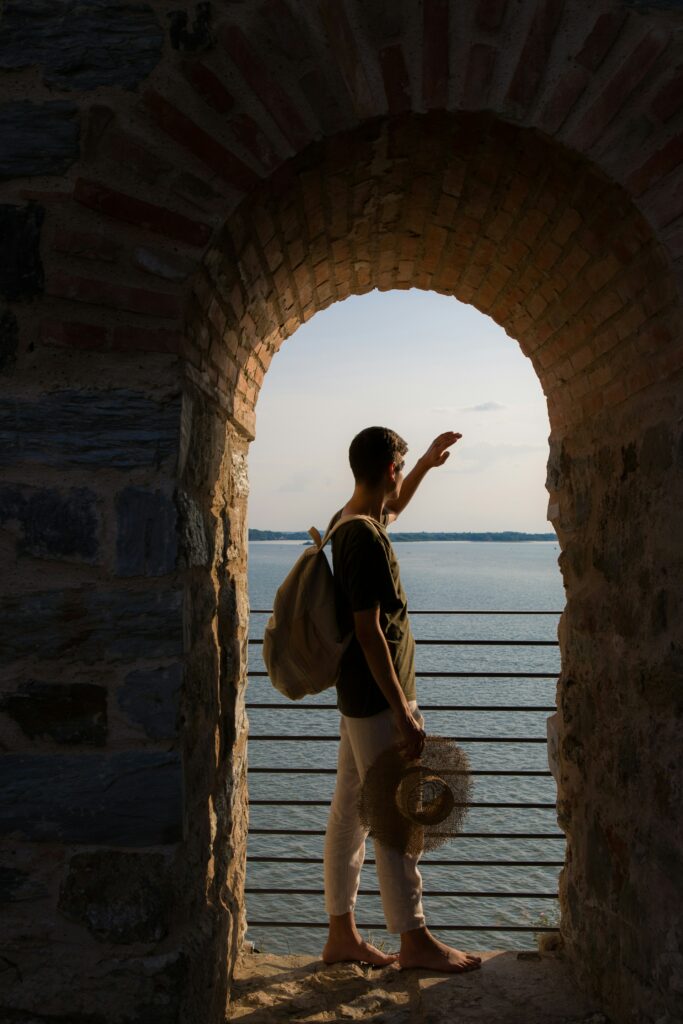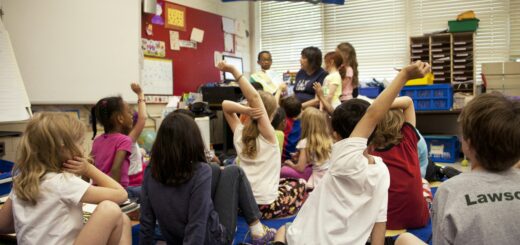
Through reading this week’s materials, I have learned about the concepts and differences between OEP and OER: OER (Open Educational Resources) refers to teaching and learning materials that can be freely accessed, used, modified, and re-shared, such as open textbooks, videos, and courseware, to lower the cost of education and improve access; while OEP (Open Educational Practices) involves the proactive use of these resources in teaching and learning and emphasizes collaboration, co-creation, and learner participation, promoting education from “open content” to “open process”. OEP, on the other hand, actively utilizes these resources in teaching and learning, and emphasizes collaboration, co-creation, and learner participation, pushing education from “open content” to “open process”. The combination of the two makes education more inclusive, equitable, and sustainable.
The role of teachers has shifted from “resource providers” to “learning community builders.”;
This made me reflect on how I could give my students enough participation rights in my teaching in the future. Did I really respect the backgrounds and needs of different learners? OEP is not just an open-source platform, but a way of rethinking “who has the right to participate in education”.
Promoting “openness in education” is not limited to technological tools, but also focuses on cultural diversity and social justice.

I chose to read carefully Friesen, N. (2009) “Open Educational Resources: New Possibilities for Change and Sustainability”. The author suggests that while OER has brought about significant freedom of access to educational resources, its real potential lies not in the “free” itself, but in how it can lead us to rethink the structures of education, power relations, and the ways in which knowledge is produced.
In particular, Friesen emphasized that the success of OER is not dependent on how advanced the technology is, but whether it is rooted in educational practice and encourages collaboration, participation, and continuous improvement. This made me revisit my understanding of “openness” – not just the use of open source materials, but the creation of an educational ecosystem that can evolve and be transformed by learners.
Friesen, N. (2009). Open Educational Resources: New Possibilities for Change and Sustainability. The International Review of Research in Open and Distributed Learning, 10(5). https://doi.org/10.19173/irrodl.v10i5.664


